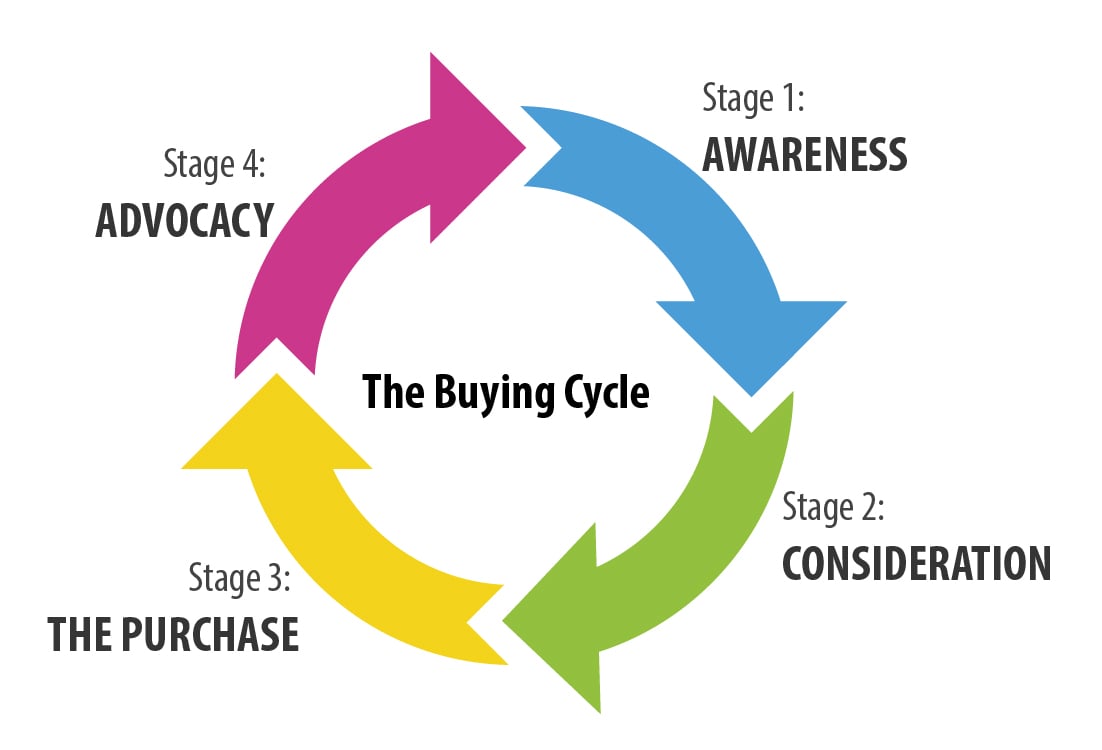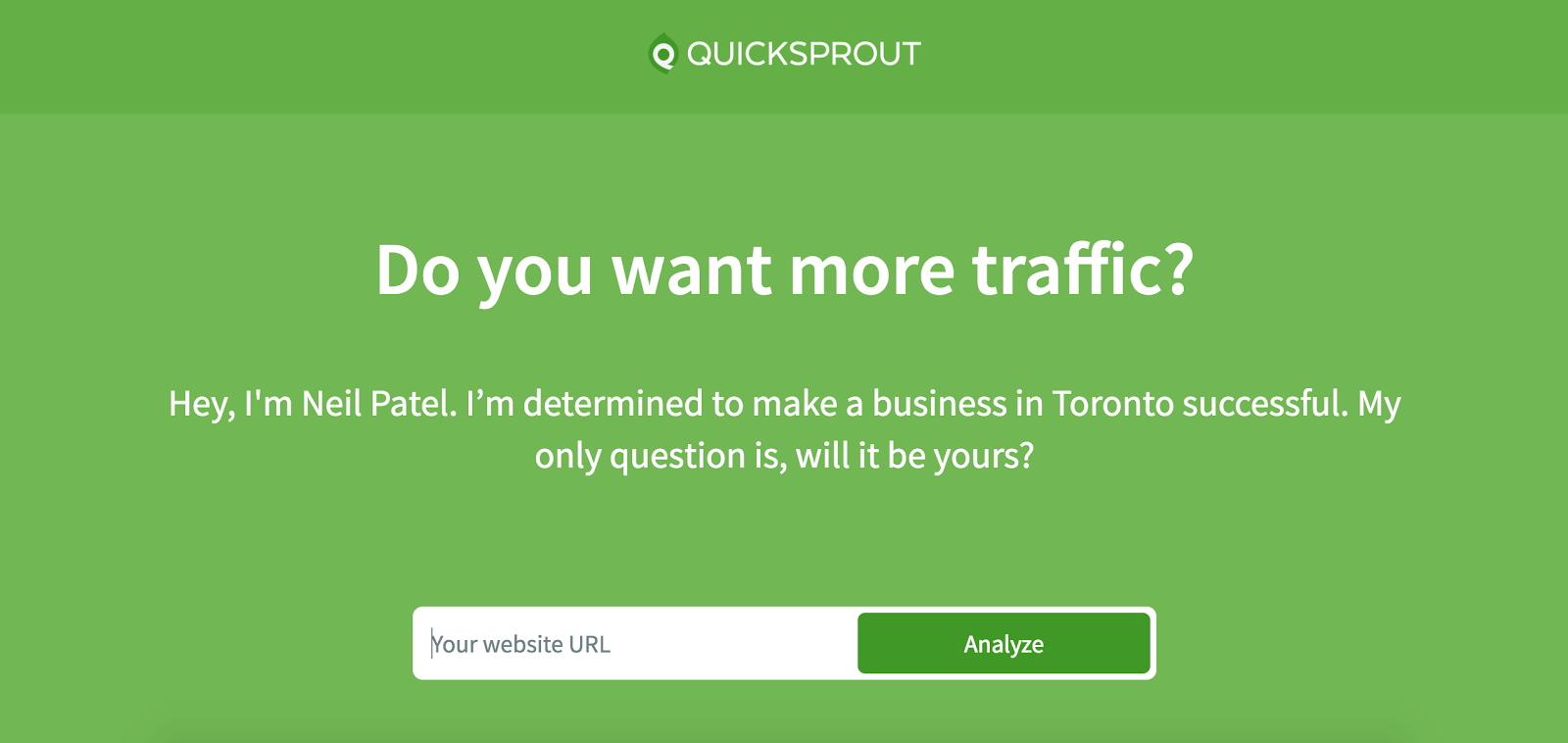PPC targeting lays the proverbial groundwork for conversion optimization.
If you don’t target your ads correctly, you’ll end up with the wrong visitors who just won’t generate revenue for your business.
You can set up PPC targeting based on any combination of demographics, corporate connections, conversion intent, geography, interests, and more. That makes deciding which advertising platform(s) to use rather difficult.
Here’s what you need to know...

Get brand new PPC strategies straight to your inbox every week. 23,739 people already are!
Demographics
If you’re not interested in PPC targeting with specific demographics, you likely just don’t know enough about your customers.
For the best results, conduct quantitative and qualitative conversion research to really understand who your audience is before taking this step.
Start in Google Analytics. It’s a fast way to get a high-level look at the age and gender of those who visit your site frequently. Of course, that will give you insight into who you should target future ads to.

What matters most is who actually converts, not just who visits your site. Use goals and advanced segments (i.e. “Converters” and “Non-Converters”) to narrow in on the real insights.
You can slice and dice your data in any number of ways to identify valuable segments.
And PPC demographics targeting doesn’t stop at age and gender, either. You can also target based on...
- Income
- Relationship and parental status
- Language
- Political inclination
...and more. So, supplement your quantitative data with qualitative data. That means…
Start by connecting with those who have recently made a purchase from you. This will allow you to investigate friction in the buying process at the same time.
I recommend asking 7-8 questions per customer. (If you’re going to be asking anyway, you might as well get all of the data you can...)
Here are two very important questions to ask...
- “Who are you?” This will give you basic demographic info.
- “What can you say about yourself?” This will show you how they self-identify.
Once you start connecting demographics to conversions, you can use either Facebook or Google Ads Display to run the ads to these audiences.
Corporate Connections
If your product is better suited for B2B and your conversion research reflects that, it’s worth exploring LinkedIn because your corporate targeting options are exhaustive.
Here are your targeting criteria options…
- Name of Company
- Company Industry
- Size of Company
- Position Title
- Job Function
- Job Seniority
- Schools Attended
- Fields of Study
- Degrees
- Skills
- Groups
- Gender
- Age
- Years of experience
So, you might end up with a targeting specification like this, for example…

In Q4 2013, only 25% of LinkedIn’s revenue was generated from marketers running ads on their site. That’s fairly low compared to Facebook, which generated 53% of total revenue from mobile ads alone during the same period.
What does that mean for you? Less competition to reach a massive corporate audience.
You will, however, have to deal with two LinkedIn advertising pitfalls:
- Smaller ad size
- Higher cost per acquisition
To combat this, focus on...
- Simplifying and clarifying your ad’s value proposition
- Refreshing ad creative regularly to fight ad fatigue and reduce CPC
Conversion Intent
Every buyer goes through some version of the buying cycle, which you can see below, before making a purchase:

Some people are further along in the buying cycle than others.
If you target people who are already considering which solution to go with (stage two) instead of people who are only now becoming aware that solutions exist (stage one), you’re more likely to get a conversion.
Why?
The latter group will want to comparison shop and spend time on stage two before they commit.
More importantly, the messaging you'll use with someone in stage one and someone in stage two is very different. Hell, the messaging you would use with someone at the beginning of stage two and the end of stage two would be very different.
This is conversion intent targeting, which is available in both Google Ads Search and Microsoft Ads.
You can also layer your search targeting with…
- Match type
- Geography
- Language
- Device
- Retargeting
Device is particularly interesting.
If you look into your Google Analytics data, you will see that your PPC traffic behaves differently, depending on their device. A desktop visitor might have more time to look around, be more likely to convert then and there, etc.
Some words of advice...
- Google Ads and Microsoft Ads make intent targeting easy. But it’s still vital that you carefully match your value proposition, copy, and creative to the appropriate buying stage.
- Measure all the way through to revenue. It’s not which keywords result in a click or even a purchase. Which keywords result in the biggest purchase at the lowest cost per sale?
- Learn your match types. Really, really understand the implications of each match type and how it will affect your performance.
Geographic
The biggest mistake people make with geographic targeting is thinking that they need to be a local advertiser to use it.
If you’re a local or national advertiser, getting granular with geography has two core benefits:
- You can create a completely personalized experience from the keyword to the ad to the landing page.
- You can improve segmenting and identify trends you might not have identified otherwise.
Start simple and scale your efforts from there. More importantly, be purposeful about your use of geographic targeting. If you aren't, it can backfire and come off as unnecessary or inauthentic.

Before you start implementing, ask yourself whether a geographic-specific experience really makes sense. Then test it for yourself.
When you do geographic targeting, you can see how you’re performing all the way down to specific cities and zip codes.
That means you can use existing Google Analytics data to make educated guesses about where you should run ads andthat you can use new Google Ads data (from the dimensions tab) to inform other marketing efforts.
Interests, Behaviors and Topics
Interests, behaviors and topics can sometimes help predict future behavior. For example, as someone who has liked Metallica on Facebook, I’m likely to be more interested in Band X’s new metal album than the average Facebook user.
It’s the same “if this, then that” formula that product suggestion engines thrive on. I bought every season of Million Dollar Listing? I must be interested in other reality TV shows…

Apply that to PPC and you get interest, behavior, and topic targeting. Google Ads Display and Facebook are your best bets for this type of targeting.
First, some definitions…
- Interests (also known as “Affinity Audiences”): Millions of people sorted into buckets based on what they like and what they browse online.
- Behavior: On Facebook, this is based on third-party data (i.e. what you do outside of Facebook).
- Topics: Google Ads groups websites based on a similar topic. For example, category::Arts & Entertainment>Events & Listings>Clubs & Nightlife.
What interests, behaviors and topics did you notice popping up during your conversion research? Use them to target your ads to more people like your current customers.
During this process, you'll likely find new, related interests and behaviors to target in the future as well.
Retargeting and Lookalikes
Once you’ve got the PPC targeting basics down, you can move on to retargeting and lookalike audiences.
You’ve already got a leg up on the competition because you started with conversion research, but this will take it to the next level.
- Retargeting helps you win back potential customers who bounced, including comparison shoppers and people who simply weren’t ready to buy yet.
- Lookalike audiences are created by Facebook to match audiences you’ve already identified via custom audiences (e.g. customers, leads).
- Similar audiences are the Google Ads equivalent of lookalike audiences.
These forms of targeting allow you to target high-value people you already know (e.g. people who bounced from the checkout process, people on your email list, etc.) and people who share the same characteristics as your current customers.
Now, retargeting can come off as annoying or even creepy, depending on your execution. So here are three tips to keep in mind:
- Put a frequency cap on campaigns. You don’t want people feeling like you’re following them all over the Internet.
- If these people don’t convert in 30-60 days, remove them from the campaign. More importantly, if they do convert, remove them from the campaign.
- Segment as much as possible. An ad about a specific page, product or offer the person viewed is more impactful than an ad with your logo on it.
The best retargeting and lookalike campaigns are the ones people don’t even realize they’re part of.
Conclusion
If you mess up on PPC targeting, PPC generated conversions (and revenue) will suffer.
So here’s what you need to do...
- Conduct quantitative and qualitative conversion research to better understand your existing customers.
- Apply your research insights to your PPC targeting strategy.
- Iterate targeting based on actual PPC results.
- Measure through to revenue, not just clicks or conversions.
Finally, take your time. Talk to your existing customers, slice and dice your data to better understand high-value segments, and then choose a targeting strategy (and ad platform) based on actual data.